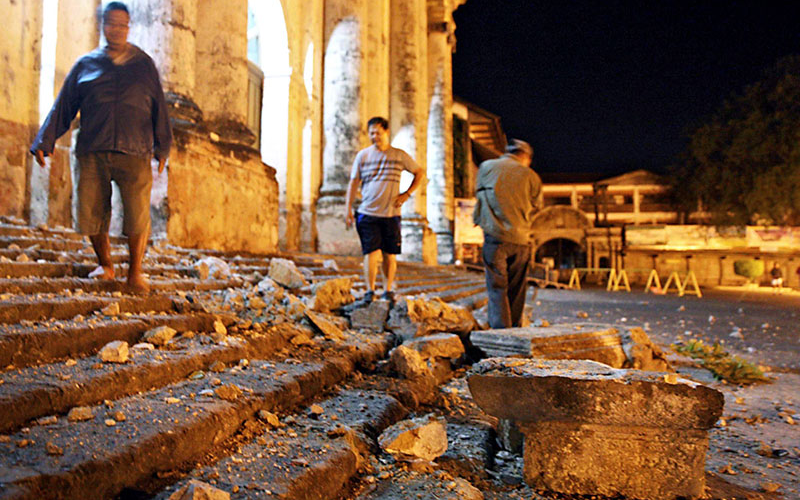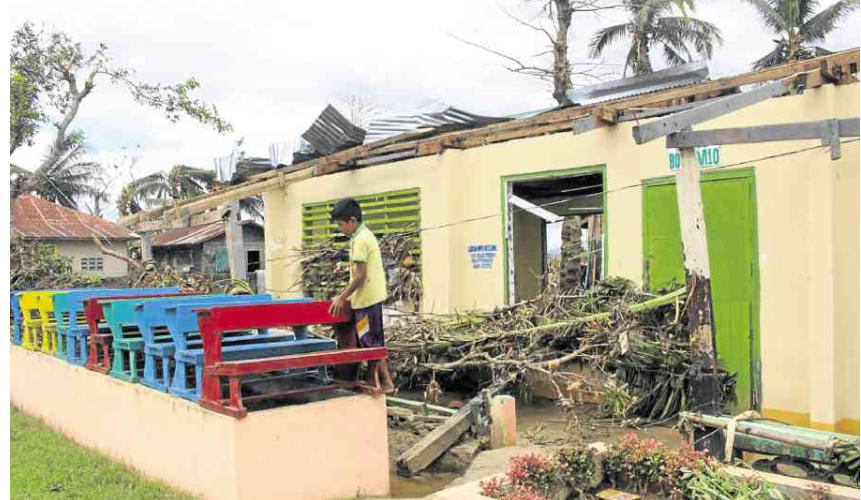Sen. Bam: Ensure effective dissemination of earthquake info to allay public fears
A senator wants to ensure if scientific data gathered by the Philippine Institute of Volcanology and Seismology (PHIVOLCS) is effectively disseminated to allay fears and combat the prevalence of false information online and better prepare communities in the occurrence of destructive tremors.
In Senate Resolution No. 343, Sen. Bam Aquino stressed the importance of proper use and dissemination of information to enhance capacity of government agencies, local government units and communities to mitigate, respond and recover from the damaging effects of earthquakes.
“Scientific data gathered by PHIVOLCS is crucial in the mitigation, preparedness and response to the hazards and impacts of earthquakes,” Sen. Bam pointed out.
After a series of earthquakes rocked different parts of the country recently, false and misleading information have circulated online predicting the exact date and location of the “Big One”, instilling panic among the citizenry.
“Other articles and posts circulated online tell of signs of impending disasters related to the stranding of animals in local shorelines. There have also been articles circulated that present contradictory safety tips in case of earthquakes and disasters,” Sen. Bam said.
In April, 11 earthquakes of at least 5.0 magnitude rocked different parts of the country, including Batangas, Lanao del Sur and Davao.
After the series of tremors, PHIVOLCS immediately installed earthquake monitoring equipment in Wao, Lanao del Norte. In February, the agency also put up monitoring equipment in Dinagat Island to enhance its observation capabilities on earth movement.
Currently, PHIVOLCS operates and maintains a network of 93 seismic stations spread across the Philippines. Data from the seismic stations are used to determine the location and characteristics of earthquakes.


Recent Comments